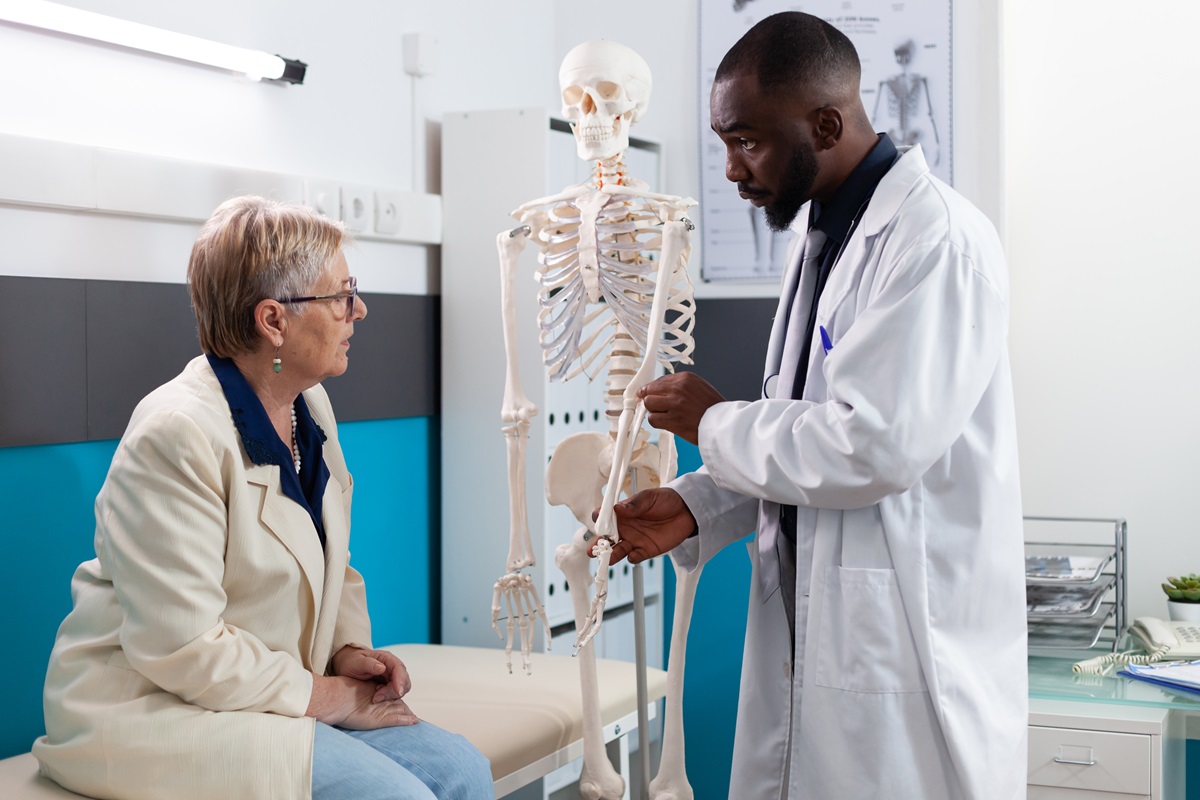If you’ve been diagnosed with osteoporosis, or you have a family history of osteoporosis, you need to understand the stages of progression that this condition goes through in order to protect your health. Knowing about the stages of progression can help you understand your condition or prepare for the chance that you may develop it. Keep reading to learn more about osteoporosis and the stages that osteoporosis patients may experience.
What Is Osteoporosis?
Throughout life, our bones go through a constant process of being broken down and replaced with new bone. While we’re young, our bodies produce more than enough new bone to replace the bone that’s worn away. However, that new bone production slows as we age, leading to some reduced bone density. This is a normal part of aging. However, in some cases, the rate at which bones deteriorate is much faster than the rate at which new bone can be produced, potentially leading to severely weakened bones. This condition in which bones break down too quickly is known as osteoporosis.
What Are the Stages of Osteoporosis?
There are four stages of osteoporosis development, but the first two stages are generally seen as precursors to the condition rather than being a sign that the condition is already present. These stages are determined based on your bone density and progress as follows:
- Stage 1 – Stage one occurs when your bones are deteriorating at the same rate at which new bone is formed.
- Stage 2 – State two occurs when your bone loss begins to progress more quickly than your bone formation.
- Stage 3 – Stage three is the point at which osteoporosis may be diagnosed. It occurs when your bone loss is far greater than your bone formation, but you don’t have any additional symptoms.
- Stage 4 – Stage four also involves a progression of bone loss that greatly outpaces new production, but it is often accompanied by other symptoms, such as posture changes and reduced height.
Because there are often no noticeable symptoms of the condition, osteoporosis is diagnosed using a bone density test. Women over the age of 50 are at the highest risk of developing osteoporosis, so we generally recommend a bone density exam for any women over that age with a family history of osteoporosis. This can help us catch the condition before it reaches stage four.
Get Treatment for Osteoporosis in Edinburg at Family Medicine & Geriatric Center
Osteoporosis is a serious condition that can make the body vulnerable to severe injuries. If you think you may have osteoporosis or you’ve already been diagnosed, it’s important to take steps to protect your health and combat the effects of the condition. For osteoporosis care in Edinburg, you can rely on the physicians at the Family Medicine & Geriatric Center. We pride ourselves on providing top-quality, compassionate care to our patients, and we would be proud to be a part of your health team. Reach out to schedule your appointment and start on the path to better health.

